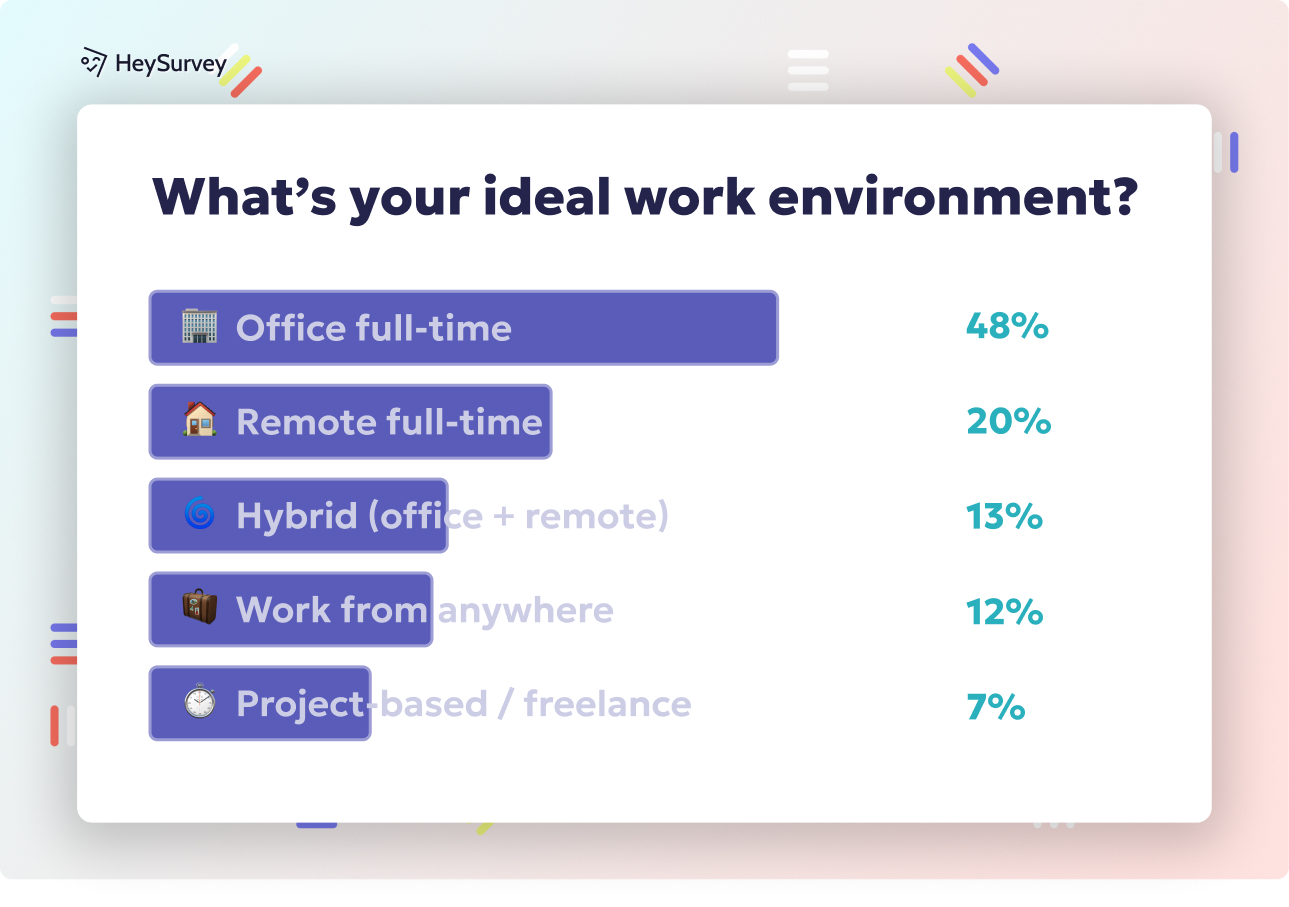29 Return to Work Survey Questions to Boost Employee Feedback
Explore 28 essential return to work survey questions with sample prompts to boost employee feedback and ensure a smooth post-pandemic return.
The landscape of work has changed—sometimes overnight. Whether we're dealing with a post-pandemic reopening, returning after medical leave, or transitioning from months of remote life, return-to-work survey questions are invaluable. Organizations use these tools not just to check a box, but to truly listen, adapt, and thrive. This article walks through seven survey types that each target a unique piece of the employee feedback after remote work puzzle—things like culture, safety, preferences, and, yes, snacks in the break room. Let’s explore how each survey opens a window into what employees need for the next chapter at work.
Employee Sentiment Survey
Why & When to Use
Before announcements are made about a grand office reopening or that long-awaited “return date,” organizations need to know where employees stand—emotionally and mentally. An employee sentiment survey does exactly that. It’s like taking the collective vibe of the team and turning it into actionable data. Typically, these surveys are most insightful about four to six weeks before any big transition back onsite. This timing allows companies to react, adjust, and reassure, making sure every voice is heard.
People’s reactions to returning to the office aren’t identical. Some eagerly await coffee runs and whiteboard sessions. Others? Not so much. By using readiness to return surveys, leaders get a pulse on morale and spot red flags. These results help HR and executives plan resources, communication, and even set a softer or later transition pace for those who might be hesitant.
When building a morale check survey like this, questions should dig into hopes, fears, and necessary supports—not just a “yes or no.” Open-ended prompts let employees highlight creative solutions the company might miss. Organizations then have a goldmine of actionable feedback.
Sample Questions
How comfortable do you feel about returning to the office in the next 30 days?
What excites you most about working on-site again?
What are your top concerns about returning?
On a scale of 1–10, how supported do you feel by leadership during this transition?
What resources would most improve your on-site experience?
Crafting Effective Sentiment Surveys
An effective sentiment survey is: - Short enough that no one groans at the email. - Anonymous to provoke honest, unfiltered responses. - Regularly repeated, forming a loop where feedback informs the next step—not the final word.
Maintaining the right tone is key. Words should be empathetic, not robotic, making it clear that leadership truly cares about each response.
By capturing this vivid “emotional snapshot,” companies lay the groundwork for a smoother, less stressful return—one where everyone feels a little more, well, human.
An effective return-to-work survey should include clear, concise questions, ensure anonymity, and be conducted regularly to monitor shifts in employee morale. (blog.empuls.io)
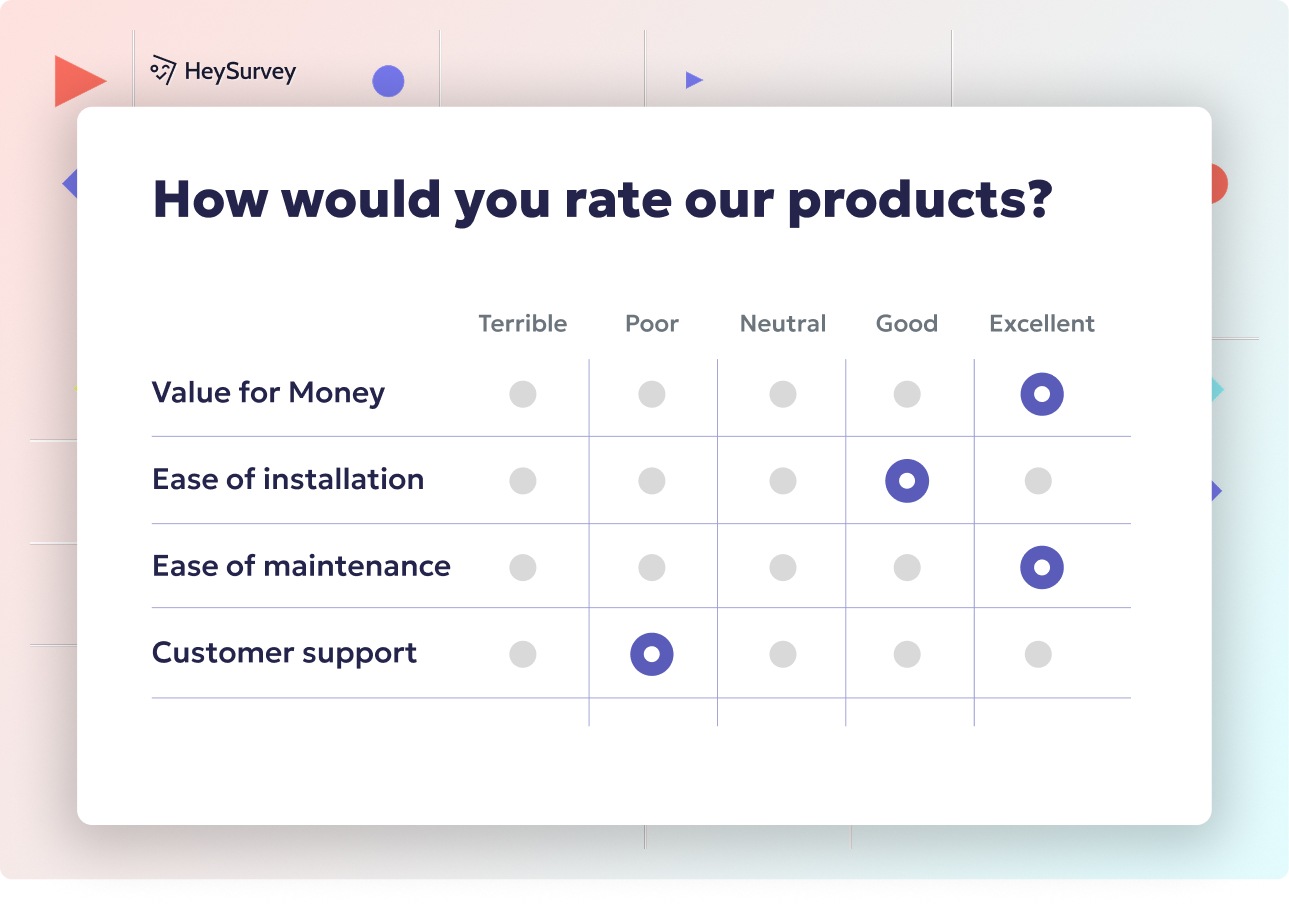
Here’s how to create your return-to-work survey with HeySurvey in just three simple steps:
Step 1: Create a New Survey
Head to HeySurvey and start by creating a new survey. You can choose to:
- Begin with a pre-built template tailored for employee surveys, which gives you a head start.
- Or select an empty sheet if you prefer building your questions from scratch.
- If you want, try the text input creation and type your questions directly—HeySurvey will format it for you!
Once you pick your method, you’ll be taken to the Survey Editor where you can name your survey and get ready to customize.
Step 2: Add Questions
Click Add Question and select the type that fits best: choice, scale, text input, or others. Then:
- Enter your return to work survey questions (like comfort returning, safety concerns, or tech needs).
- Mark important questions as required so respondents won’t skip them.
- Use open-ended questions to hear the real stories and specific employee feedback after remote work.
- Don’t forget to sprinkle in some multiple-choice and Likert scale questions for easy analysis.
Feel free to duplicate questions or add images to make the survey engaging. You can also create branches so certain questions appear only when relevant.
Step 3: Publish Your Survey
Once you’re happy with your questions and design, hit Preview to see how your survey looks on desktop and mobile. Make final tweaks if needed. Then:
- Click Publish to generate your survey link.
- Share it with your team via email, chat, or embed it on your internal portal.
- Remember, to publish and view responses, you will need to create a HeySurvey account if you haven’t yet.
Bonus Tip: Apply Branding & Customize Settings
To make your survey truly yours, open the Branding and Settings Panel:
- Upload your company logo so your survey feels familiar.
- Choose colors, fonts, and backgrounds in the Designer Sidebar to align with your brand vibe.
- Set start/end dates, response limits, or redirect URLs after completion.
- Get fancy with branching rules to guide people through different paths based on answers—perfect for nuanced topics like managerial support or hybrid work preferences.
With these easy steps, you’re all set to capture valuable and actionable employee feedback after remote work using HeySurvey. Ready to jump in? Click the button below to open a template and start creating!
Workplace Safety & Readiness Survey
Why & When to Use
When it comes to workplace safety surveys, there’s one rule: don’t assume employees feel the same about hand sanitizer as you do. Health, safety, and cleanliness shot up the priority list in the past few years, and a safe return requires open dialogue. Surveying about employee health protocols is best done 2–3 weeks before reopening—the sweet spot for tackling last-minute upgrades. Repeating the check-in again a month later can catch blind spots and new concerns after employees experience the reality of day-to-day life onsite.
A trustworthy office readiness question set covers everything from mask rules and air filters to whether instructions on elevator use are clear (and not just taped to a wall at 7 a.m.). Employees want to see their workplace as genuinely safe—not just “technically compliant.” These surveys also empower team members to highlight needs or gaps leadership may overlook.
By opening up this feedback channel, companies demonstrate a commitment to safety and flexibility. This increases trust and supports a unified, confident return.
Sample Questions
Which safety measures (masks, sanitizer, partitions) do you consider essential on Day 1?
Do you feel current office layouts allow proper distancing?
How confident are you in the company’s cleaning procedures?
Would on-site testing or vaccination clinics influence your willingness to return?
What additional safety information do you need from HR?
Getting Honest Safety Feedback
If your workplace safety survey looks like a legalese document, expect answers as dry as toast. Instead, focus on: - Mixing yes/no with open-ended questions. - Letting employees “rank” their priorities (e.g., hand-washing stations versus ventilation upgrades). - Offering a place for anonymous tips—sometimes the best ideas come from the quietest voices.
By provoking thoughtful responses, organizations can create a safer environment and reduce people’s return-to-office worries. Remember, safety isn’t just about soap; it’s about confidence to come back and give your best.
Supervisors' behaviors significantly influence employees' health and well-being during the return-to-work process. (pubmed.ncbi.nlm.nih.gov)
Hybrid Work Preference Survey
Why & When to Use
Not everyone dreams of full-time deskside life anymore. Enter the hybrid work survey—a tool for mapping out just the right blend of home office and HQ time. This type of survey is best rolled out after a general sentiment poll but before policies are carved in stone. Let employees weigh in! Their feedback shines a light on how to arrange schedules for maximum happiness and output.
The point of these flexible schedule questions is to treat people like individuals, not chess pieces. Some excel surrounded by monitors and noise. Others? Lightning-fast in silence. A good hybrid survey explores not only location but also the when and how of work—different start times, split days, and concerns about sharing desks or equipment.
Businesses that use these insights might find entirely new patterns. Maybe Tuesday is the new Monday, or afternoons in the office work wonders. By shaping model schedules around real responses, organizations get productivity and engagement in return.
Sample Questions
Which schedule best fits your role: 100 % on-site, hybrid (specify days), or fully remote?
What tasks do you perform more effectively in the office?
What tasks do you perform better remotely?
How important is flexible start/end time to your productivity?
What concerns do you have about desk-sharing or hoteling?
Making Flexible Work Actually Work
Collecting honest, useful answers means: - Using scenario-based questions (“If you had to be on-site 3 days, which would you choose?”) - Allowing room for unique circumstances (childcare, personal health needs) - Checking for pattern differences by department or geography
Hybrid work surveys set the stage for the policies people actually want, creating a workplace that feels supportive and downright modern.
Mental Health & Well-being Survey
Why & When to Use
The transition back to the traditional workplace isn’t just about logistics; it’s about headspace too. The employee well-being survey checks in on things like burnout, engagement, and support during times of change. Running these quarterly through a return transition—and ideally as an ongoing ritual—lets companies tune in to shifting stressors and evolving needs.
Returning to work can be daunting. Long commutes, changes in routine, and concerns about health make the mental load heavier for some. By sending out a mental health return to work survey, organizations acknowledge these pressures and show a willingness to help. Whether it’s needing more quiet spaces or time-off flexibility, these surveys reveal the undercurrents that HR might miss in a regular catch-up.
No question—asking about wellness can feel personal. But the right blend of survey tone and transparency makes employees more likely to answer honestly. Trust is everything here.
Sample Questions
How has the prospect of returning affected your stress levels?
Do you feel you have access to adequate mental-health resources (EAP, counseling)?
How comfortable are you discussing well-being challenges with your manager?
What workplace changes would most improve your mental health?
How would you rate work-life balance when working on-site vs. remote?
Gathering Insights With Care
A well-constructed employee well-being survey does the following: - Assures anonymity and explains how responses will be used. - Measures trends over time, spotting increases in stress or requests for help. - Offers open-text questions, letting people share specifics in their own words.
Collecting and acting on this data builds a healthier company culture, reducing turnover and helping each employee thrive—inside and outside the office.
A 2023 report found that U.S. workers were operating at only 71% of their full capability due to mental health challenges. (mindsharepartners.org)
Commuting & Logistics Survey
Why & When to Use
On return-to-work day, the last thing you want is a parking-lot traffic jam. Planning for employee commutes and site logistics saves headaches on both sides of the badge swipe. Organizations use commuting survey questions to figure out who needs what: parking, bus passes, carpool matches, bike racks—maybe even charging stations for the planet-friendly crowd.
A good return to work logistics survey is most useful right after office locations and tentative schedules become clear. By measuring expectations against reality (and adding a dash of flexibility), the company can roll out solutions like flexible arrival windows or shuttle services, smoothing out the daily grind.
Commuting and logistics are one of those “it’s not sexy, but it matters” topics. If people dread the commute, it hurts engagement and punctuality. A smart survey here makes everyone’s mornings brighter.
Sample Questions
What primary mode of transportation will you use to commute?
How long do you expect your one-way commute to take?
Are you interested in employer-provided transit benefits or carpool programs?
Would flexible arrival windows reduce commute stress?
Do you need on-site bike storage or charging stations?
Streamlining The Return Journey
To avoid frustration and confusion, design surveys that: - Offer easy checkboxes and brief descriptions for options (e.g., “Parking pass for Lot A”) - Collect anonymous route feedback for better shuttle planning - Address accessibility needs and creative solutions (remote work on snow days, anyone?)
These commuting survey questions help companies invest smartly and support their people from doorstep to desk—nobody wants to start Monday with a car-park drama.
Technology & Resource Needs Survey
Why & When to Use
Great ideas get lost when the wi-fi hiccups! Before everyone returns, it’s critical to know which hardware or software employees need at their desks—or elsewhere. The technology needs survey is your ticket to preventing headaches and elevating productivity on day one. This survey is ideally sent out around three to four weeks in advance, giving IT teams enough runway to procure, provision, and provide help.
In a world where work happens everywhere, the right equipment for return to office covers monitors, docking stations, assistive tech, and even simple things like ergonomic chairs. People aren’t shy about sharing where their remote tech has failed (hello, “unstable connection” pop-up), so ask what worked, what broke, and what would make their return seamless.
Sample Questions
What office equipment (monitors, docking stations) do you require at your desk?
Do you need assistive technology or adaptive tools?
Which collaboration platforms do you rely on daily?
What connectivity issues have you faced while remote that may persist on-site?
How satisfied are you with IT support response times?
Sourcing What People Actually Need
Make the technology needs survey user-friendly by: - Letting people “vote” for most-wanted devices or software. - Asking follow-up questions for special requests or accessibility needs. - Including a comment box for frustrating issues that IT might not know about yet.
A well-resourced workplace is a happy workplace. Gathering this info in advance means a seamless, productive, and occasionally even fun office comeback.
Manager Support & Communication Survey
Why & When to Use
Leadership can make or break the transition back. Employees thrive when their leaders communicate with clarity, consistency, and care. The manager feedback survey uncovers how well leaders are explaining policies, listening to concerns, and juggling work modes. This survey is best about a month after a partial return, once the dust’s settled enough for honest appraisals.
Not everyone’s a mind-reader, so clear leadership communication questions help pinpoint improvement areas for managers. How frequent are updates? Is feedback just a suggestion box nobody checks, or does action follow words? By dissecting the basics—frequency, responsiveness, preferred channels—organizations set up managers and their teams for success.
Sample Questions
How clearly has your manager communicated return-to-work expectations?
How often do you receive updates about policy changes?
Do you feel your manager listens to your concerns?
What format (email, meetings, chat) do you prefer for updates?
Rate your manager’s support in balancing on-site and remote work.
Using Survey Results to Elevate Leadership
Great survey design in this arena means: - Encouraging honest answers with anonymity. - Segmenting results by team, identifying stellar and struggling managers. - Blending quantitative (trends) with qualitative (free text) feedback.
The result? A playbook for continuous improvement where manager feedback survey insights are put into action, boosting morale and making everyone’s workplace journey smoother.
Best Practices: Dos and Don’ts for Return-to-Work Surveys
Dos
- Guarantee anonymity for honest answers.
- Segment survey results for actionable insights by department or role.
- Follow up quickly with next steps and updates.
- Use simple, plain language to avoid confusion.
- Mix structured (scale, multiple choice) with open-text questions.
- Distribute surveys through multiple channels: email, app, QR codes, even print.
- Set and communicate clear deadlines for responses.
- Share key findings transparently, closing the feedback loop.
Don’ts
- Don’t overload surveys with too many questions—brevity wins.
- Avoid leading language that pressures respondents toward a “right” answer.
- Don’t disregard feedback—silence after a survey erodes trust.
- Ignore legal and cultural sensitivities in question wording.
- Don’t use jargon or technical terms that confuse.
- Avoid technical glitches by testing on all devices.
- Don’t force responses—optional “skip” options foster honesty.
- Don’t promise changes you cannot deliver based on results.
A well-timed survey, sent at the right cadence, builds trust and surfaces what really matters to your team. Multi-channel distribution maximizes reach—don’t assume email alone will do the trick! And be sure to close the loop with transparent, easy-to-read “what we learned” summaries. With these employee survey dos and don’ts in mind, organizations build credibility—and better workplaces, too.
Conclusion & Next Steps
Continuous feedback is the secret sauce of a successful, inclusive, post-pandemic workplace. Organizations that actively gather and act on employee input create cultures of trust, growth, and innovation. Always adapt questions to your team’s unique spirit and legal guidelines. Ready to design your own survey? Download a free template or schedule a demo today. Never underestimate the power of asking the right return to work survey questions—they’re your roadmap to a stronger, happier team.
Related Employee Survey Surveys
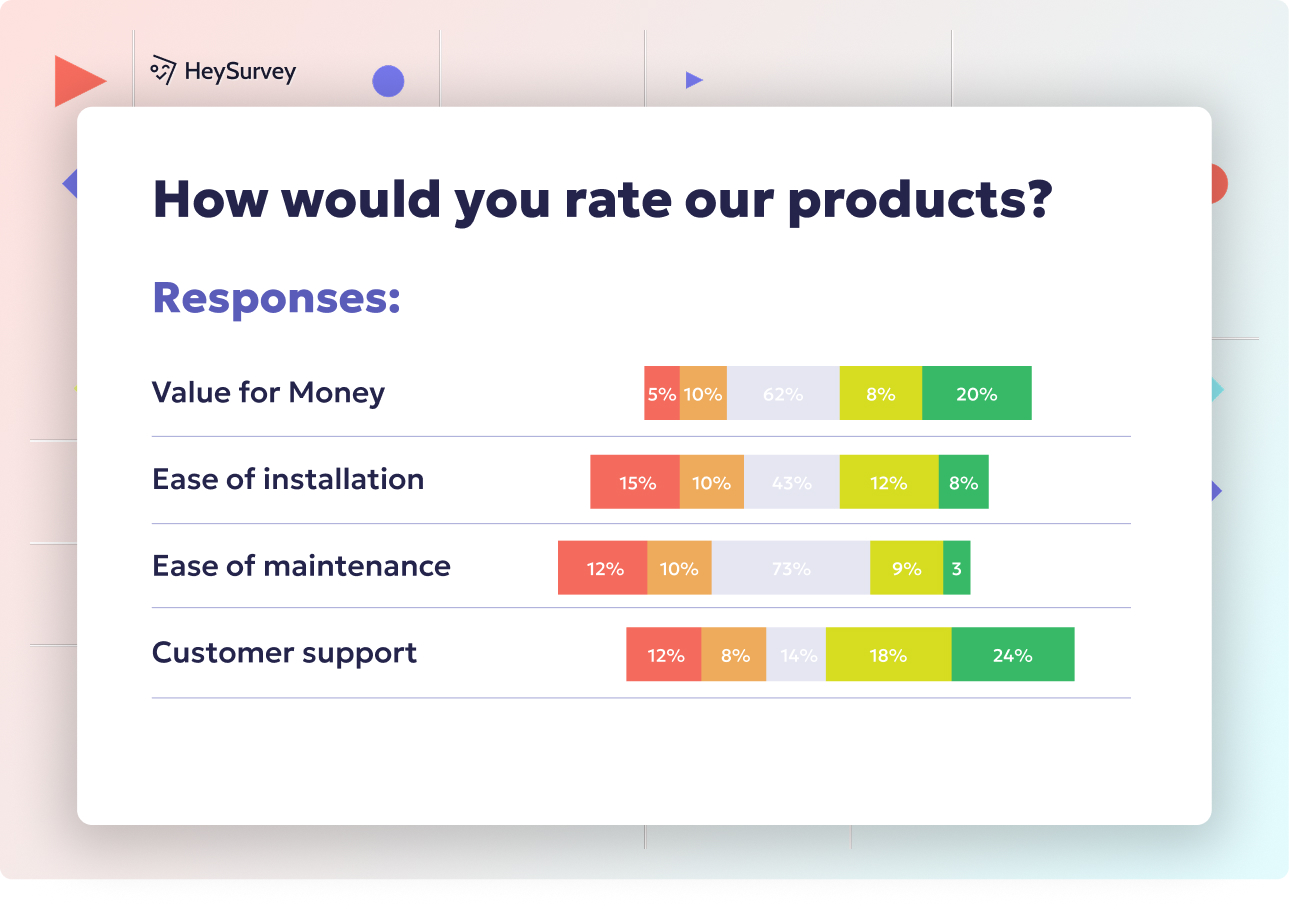
29 Essential Post Mortem Survey Questions for Project Success
Discover 25+ essential post mortem survey questions to improve projects, boost team morale, and d...
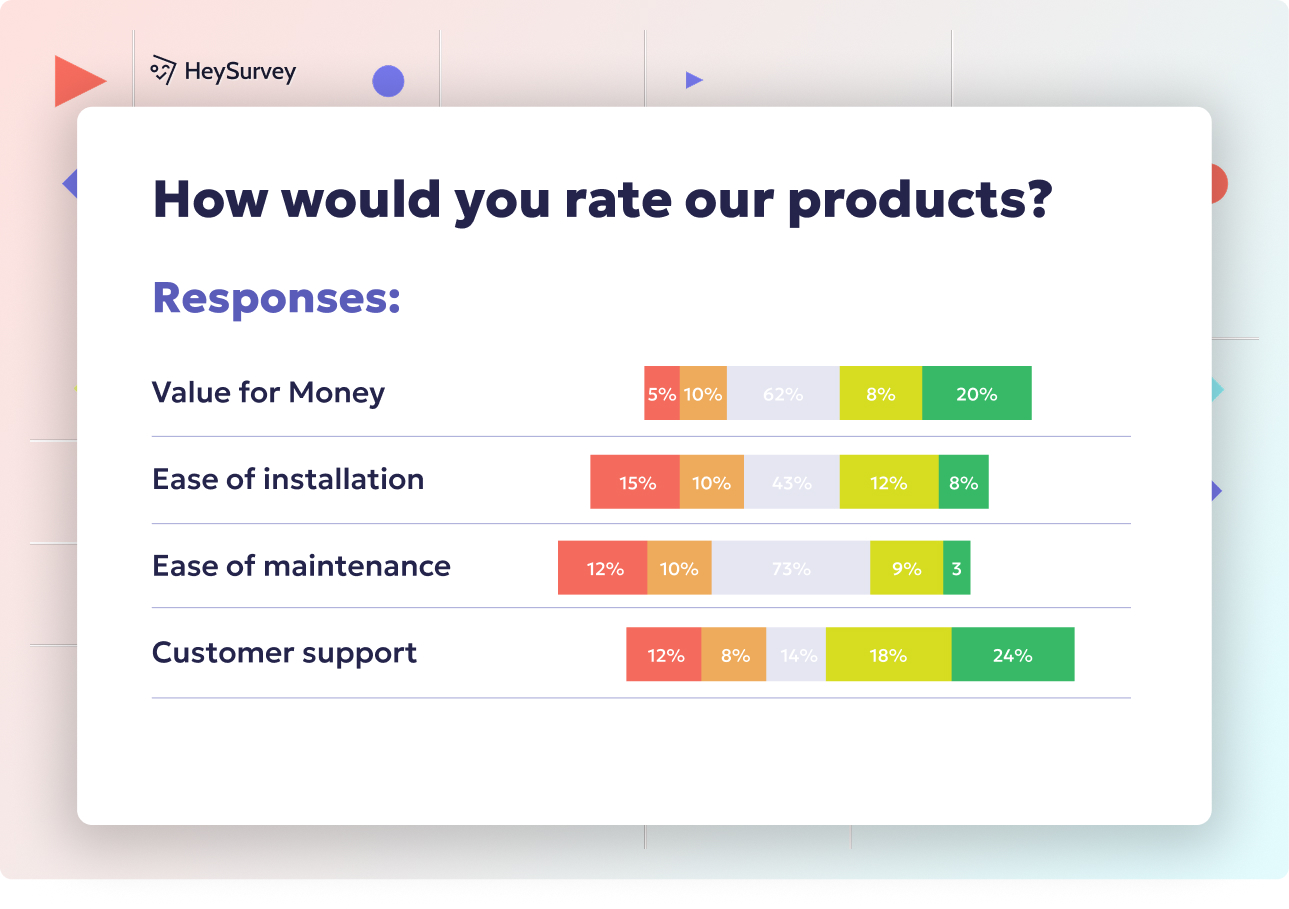
31 Change Readiness Survey Questions to Boost Your Success
Discover 25+ sample change readiness survey questions to assess attitudes, barriers, and confiden...
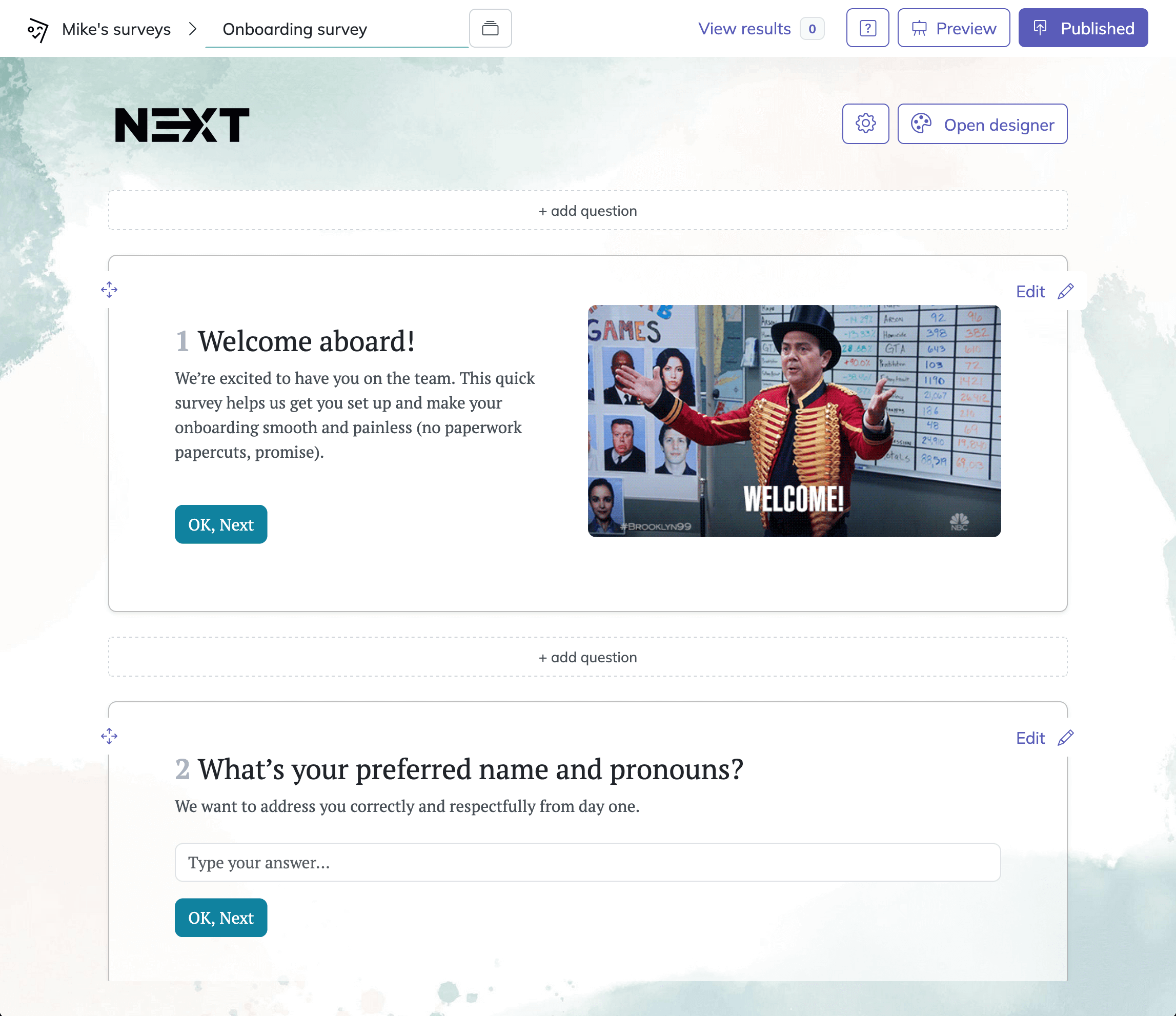
31 Retreat Survey Questions to Collect Actionable Feedback
Discover 26 essential retreat survey questions to gather actionable feedback before, during, and ...
